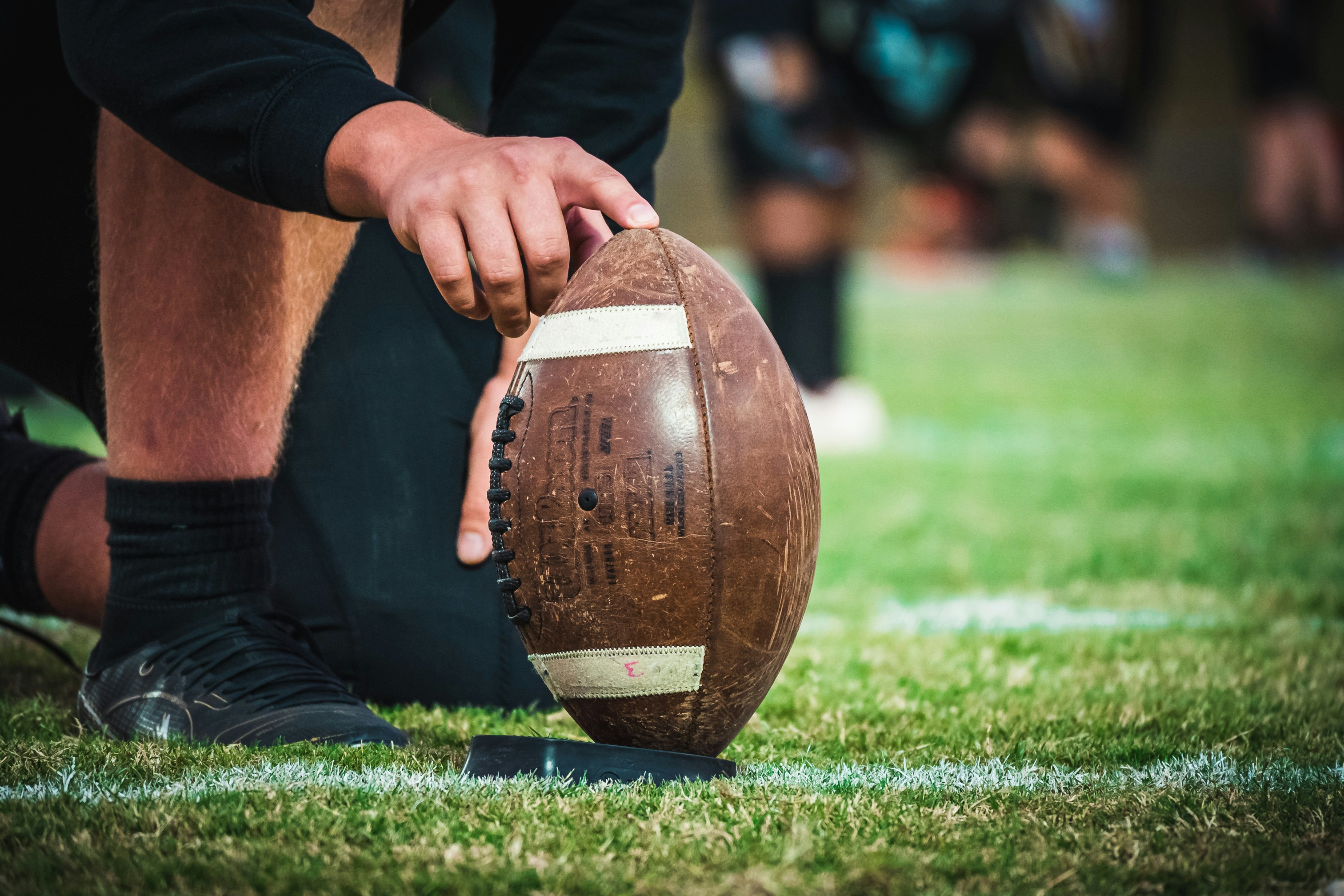Thanks for the clarification- so, bottomline- it really comes down to what PSAL just said. It is more about the fact that he was approved and then denied after the fact and after any other option was gone as well.
I don't think so. It is more about economic opportunity in the NIL era.
I ran this through Grok and this is a pretty good summary:
Summary of Key Differences:
Redshirt Impact: Elad’s redshirt year in 2019 extended his five-year eligibility clock, complicating his case and excluding him from the NCAA’s JUCO Waiver, while Pavia had no redshirt year, making his eligibility timeline simpler.
Eligibility Rule Challenged: Elad’s case primarily targeted the NCAA’s Five-Year Rule and JUCO Rule, while Pavia’s focused on the JUCO Rule (Bylaw 12.02.6) and did not involve the Five-Year Rule to the same extent.
JUCO Waiver Applicability:
Pavia qualified for the NCAA’s JUCO Waiver after his injunction, while Elad did not due to his redshirt year pushing his eligibility beyond the waiver’s criteria.
Legal Scope:
Elad’s ruling provided a broader market analysis and challenged the Five-Year Rule, potentially setting a wider precedent, while Pavia’s focused on JUCO seasons and directly prompted the NCAA’s waiver policy.
Court and Timeline:
Elad’s case was decided in New Jersey in April 2025, building on Pavia’s December 2024 ruling in Tennessee, with Elad’s case addressing additional complexities due to his academic and athletic history.
Both players successfully obtained preliminary injunctions to play in the 2025-26 season, but Elad’s case involved navigating the additional hurdle of a redshirt year and the Five-Year Rule, making it distinct from Pavia’s more straightforward challenge to the JUCO Rule. The NCAA is appealing both rulings, indicating ongoing legal battles over eligibility rules in the NIL era.


